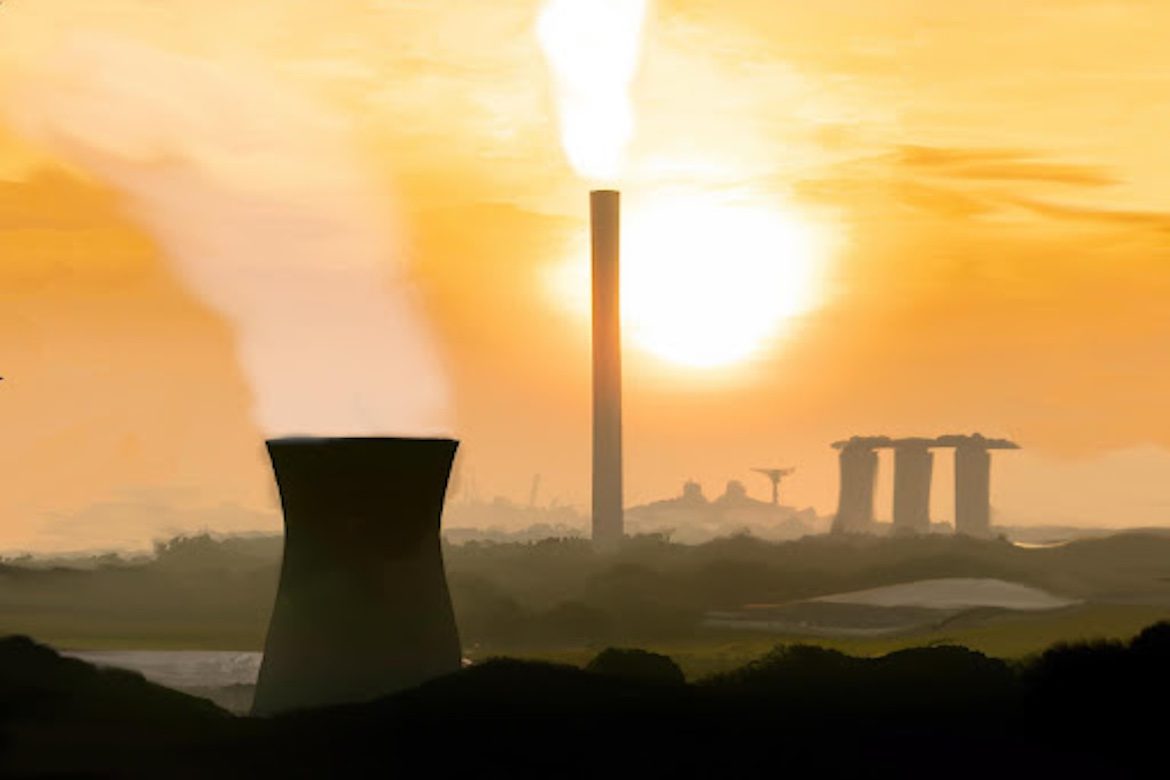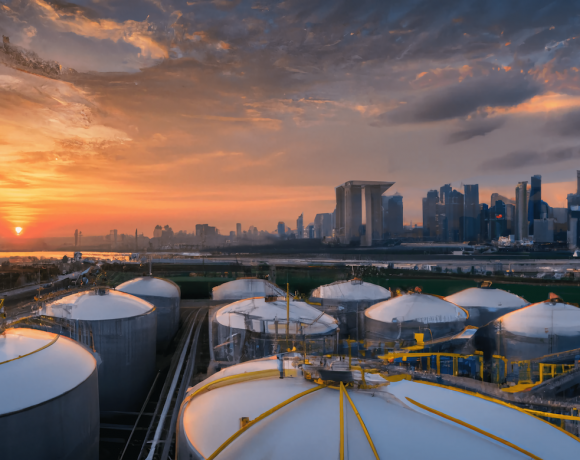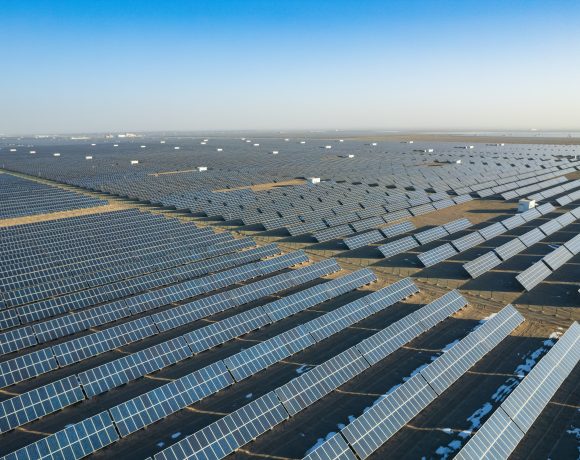- Singapore commissioned a report to chart possible pathways for its energy transition, in which nuclear power was one technology under consideration for its future energy mix in 2050.
- Singapore’s discussion of nuclear energy is illustrative of its signature way of forward-looking and agnostic-and-optimistic approach to technology.
- The prospect of a nuclear Singapore would make the island the first ASEAN country with a nuclear plant and by far the smallest nation on earth with its own nuclear power.
This March, the Energy Market Authority (EMA) of Singapore commissioned a report to chart possible pathways for the city-state’s energy transition, which surprised many. Land-scarce Singapore is envisioning a future in which nuclear energy will make up about 10 per cent of its energy mix by 2050.
As a small island nation with a considerable hunger for energy, Singapore needs to think big to reach its goal of carbon neutrality. This goal was initially set at “as soon as viable in the second half of the century” and earlier this year revised to net zero emissions “by or around mid-century”– a goal that is especially salient since the city-state currently relies almost exclusively on fossil fuels (95% natural gas) and has only limited potential for renewable energy. Experts deem Singapore too small and cloudy for widespread adoption of solar power and note the absence of significant wind and tidal energy potential. Will we thus soon see a nuclear powered Singapore?
Nothing new under the sun
The question of whether Singapore should consider nuclear energy is a recurring one and can be traced back to the oil shocks of 1973 and 1979. As an international oil and refining hub without its own supply, Singapore was always very sensitive to oil price fluctuations. Gaining energy independence was, thus, an especially attractive proposition. This led the Public Utilities Board (PUB) to start training technical personnel to prepare for Singapore’s “nuclear age” in 1973.
In 1980, in light of the second oil shock, the former Chairman of PUB was again confronted with questions about nuclear power. He plainly explained that they had looked into nuclear power for “a few years”, but that they couldn’t “find a suitable place” for a plant and that Singaporeans would have to “jump into boats […] and hope for the best” if anything went wrong. These words would encapsulate Singapore’s position until a study by the Ministry of Trade and Industry in 2010 brought some nuance to the discussion. Again, nuclear energy was found unsuitable for Singapore, but this time with the qualifier “not suitable yet”. Commenting on the study, Second Minister, S. Iswaran, declared in 2012 that Singapore prefers “to wait for technology and safety to improve” and to “keep our options open for the future”.
The (far) promise of Small Modular Reactors
Indeed the 2022 report of EMA represents the careful weighing of options, in which nuclear energy appears in a scenario of a geopolitically divided, but technological advanced world. Minister of State for Trade and Industry, Alvin Tan, explained that Singapore foresees upcoming nuclear energy technologies as “much safer” and mentioned Small Modular Reactors (SMRs) as an example.
SMRs are physically smaller than conventional nuclear power plants and constructed in a modular way, which reduces cost but also minimises possible safety hazards. This would sound like the ideal solution until one realises that current SMRs are still in the very early stages of development. Stephen Stapczynski from Bloomberg put it very bluntly by stating that the city-state’s nuclear plans depend on “unproven designs” and SMRs “are still likely decades away from being commercially viable for export to countries like Singapore”.
Despite this sobering assessment, Singapore is taking nuclear power seriously, as shown by the comments of the Minister of Sustainability and the Environment, Grace Fu, at the St.Gallen Symposium in May: “I would like to urge all of us to keep an open mind, because technologies such as nuclear may be a safer option – maybe not immediately, but it is possible. So I think we should always be informed by science and take what is the most pragmatic way.”
Hope and optimism
Many articles were written about Singapore’s recent nuclear aspirations (e.g. ST, SCMP, Bloomberg), despite it being only one of many considerations in the report. Indeed, the main strategies that Singapore puts forward for its energy transition are working with neighbouring countries to import energy, developing low-carbon hydrogen and maximising the island’s solar potential. But the prospect of a nuclear Singapore understandably grabbed most of the attention. After all, it would make the island the first ASEAN country with a nuclear plant and by far the smallest nation on earth with its own nuclear power. This is a title currently held by Slovenia, which is about 28 times larger than the “little red dot”, as Singapore is sometimes called. One thing seems sure: Singapore’s discussion of nuclear energy is illustrative of its signature way of forward-looking and agnostic-and-optimistic approach to technology. A nuclear-powered Singapore is still a far-off scenario, but the prescribed “hope and optimism”, with which Singapore should approach the future, according to the report, might just make it possible.






NO COMMENT